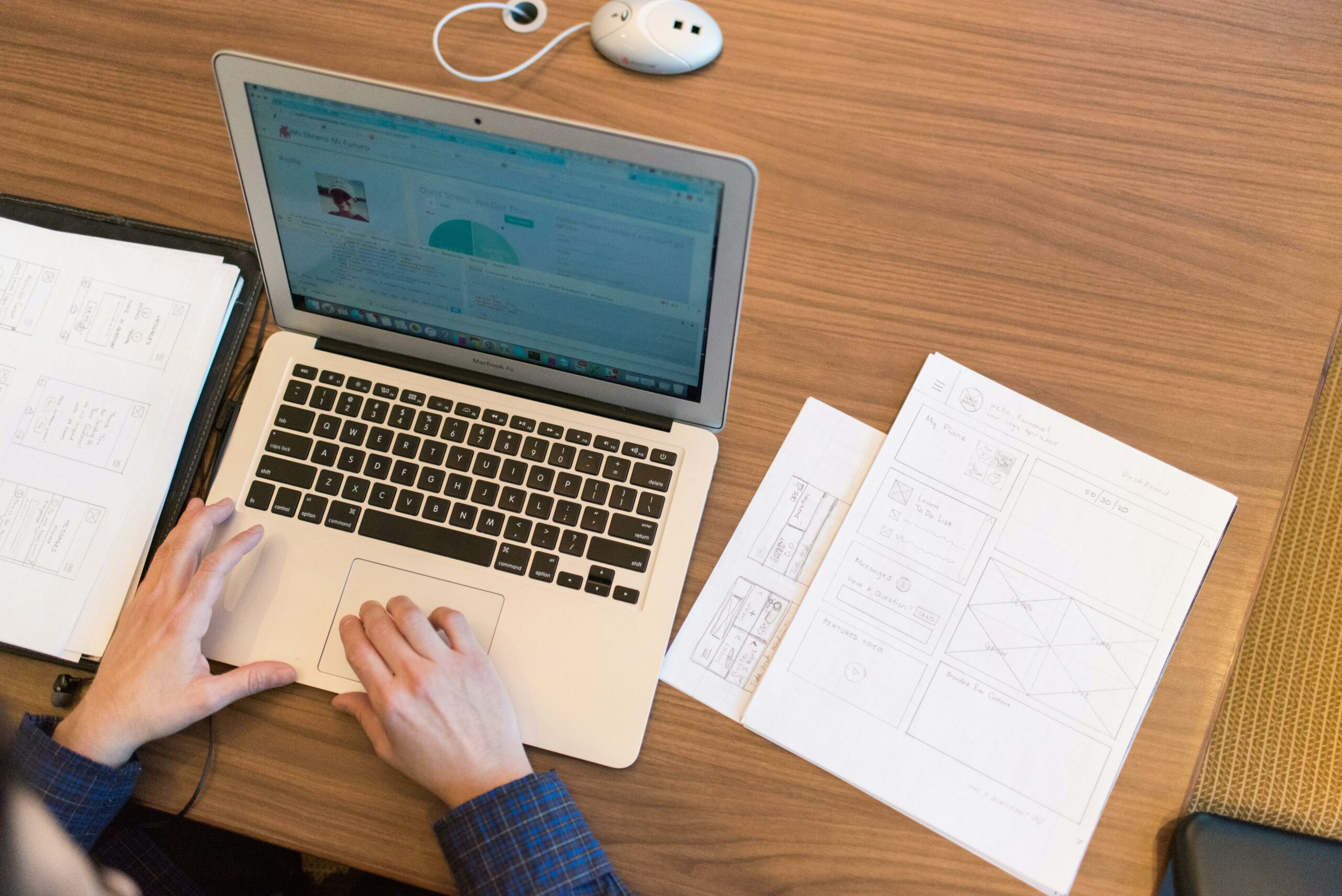
|
Getting your Trinity Audio player ready...
|
Researchers in the physical sciences, especially engineering, computer science, mathematics, etc. are all familiar with IEEE style. IEEE is the world’s largest technical professional association, comprising 35+ technical societies and councils and spanning 300+ countries. It has 7 offices around the world and is associated with 2000+ conferences. In fact, IEEE Day is celebrated globally on October 1 every year.
IEEE publishes a number of high-quality journals, conference proceedings, etc. and its style guide is one of the most widely used in the physical sciences. In this article, we’ll cover the basics of IEEE style and how you use it in your research paper.
See also: IEEE Paper Format: Your Top Questions About IEEE Formatting
IEEE Style: Article Title
In IEEE style, your article title
- Has the first and last words capitalized always
- Has all nouns, pronouns, adverbs, verbs, adjectives, long prepositions (e.g., before) and long conjunctions (e.g., because) capitalized
First Footnote of a Paper in IEEE Style
This is where IEEE style differs from other popular style guides like AMA and APA. The first footnote of a paper is not numbered and consists of 3 paragraphs:
Paragraph 1: The Received and Revised dates of the paper. All financial support or funding for the research.
Paragraph 2: Author affiliations. Each author starts on a separate paragraph. Present author names as Initials + Surname. Authors with the same affiliations can be grouped together.
Paragraph 3: The DOI assigned by IEEE
Manuscript Body
The abstract of a paper is presented in boldface. It shouldn’t contain references or mathematical equations.
Index Terms have to be provided after the abstract. These are similar to the keywords authors prepare in other fields. However, IEEE authors have one advantage: they can get hold of a list of IEEE-approved keywords by sending a blank email to keywords@ieee.org. Wow!
The main text of the paper is in 2 columns, in 10 point Times New Roman font. Times New Roman font is also used for all headings, as explained in the next section.
Section Headings in IEEE Style
Level 1 headings: All capitals, centered with a Roman numeral (I, II, III…)
Level 2 headings: All significant words capitalized, flush left, numbered using a capital letter followed by a period (A., B., C. …)
Level 3 headings: All significant words capitalized, indented by one em space, run into text, italicized, followed by a colon, numbered by an Arabic number followed by a parenthesis.
Level 4 headings: Only first word or any proper nouns capitalized, indented by two em spaces, numbered using lowercase letters, run into the text, followed by a colon.
The Reference, Appendix, and Acknowledgements headings are never numbered. They otherwise follow the style of Level 1 headings.
Appendixes can be labelled as “Appendix I, Appendix II” etc. or as “Appendix A, Appendix B,” etc. If there’s only one appendix in the paper, simply use “Appendix.”
Formatting Equations in IEEE Style
Equations are usually numbered consecutively in the paper. Some IEEE journals allow numbering by section, like (1.1), (1.2.1).
Footnotes in IEEE Style
Except the first footnote (which we talked about earlier), you’ve to number all footnotes consecutively using superscript Arabic numbers. Place these numbers after periods, commas, and parentheses but before colons, dashes, semicolons, or quotation marks. Footnotes have to be placed at the bottom of the relevant text column.
Tip: Be careful about placing footnotes when they’re close to equations or numerical data: they shouldn’t be confused with exponents! Reword the sentence accordingly.
How to Number Lists in IEEE Style
If you’re using lists in your main text, you first number them 1), 2), 3) etc., and then use a), b), c), etc., followed by i), ii), iii) …
For example: My favorite summer activities are 1) pushing a car up a hill, 2) catching ducklings and feeding them okra and spaghetti, and 3) conducting experiments in electromagnetic induction using a) Crayola crayons, b) Starbucks coffee, and c) a copy of Shakespeare’s plays.
Formatting Numbers and Mathematical Data in IEEE Style
Naturally, in the physical sciences and engineering, properly presenting and formatting numbers is paramount. That’s why the IEEE style guide has a section devoted to numbers.
- Use a thin space instzead of a comma in numbers like 10 000. (To create a thin space, you use the ¼ em space option in the Special Character list under the Insert menu in MS Word.)
- Always add a 0 before decimal points.
- Italicize variables. Use boldface and italics for vectors and matrices.
- Use the word “Equation” at the start of a sentence but in the middle of the sentence, just use the number. E.g.: “but this condition is not fulfilled in (3)”
- If an equation concludes a sentence, it should end with a period.
- Use a multidot (e.g., V·s) for compound units.








